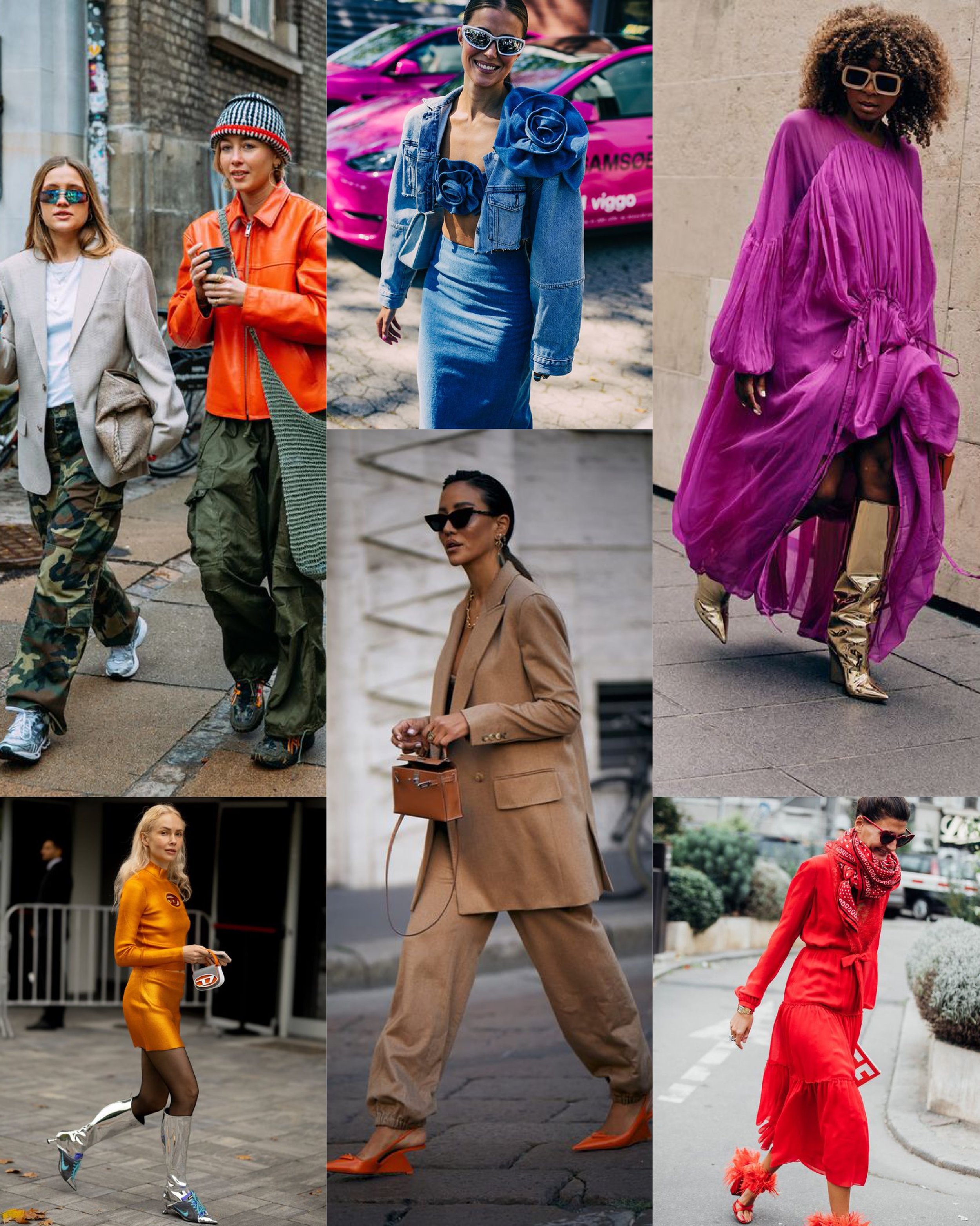Fashion Trucks for Sale: Your Comprehensive Guide to Mobile Retail Success
In an increasingly dynamic retail landscape, the traditional brick-and-mortar store is no longer the sole avenue for entrepreneurs to showcase their wares. Enter the fashion truck: a vibrant, mobile boutique that brings unique styles and curated collections directly to customers. These "stores on wheels" offer an exciting blend of flexibility, lower overheads, and a unique customer experience, making "fashion trucks for sale" a hot search term for aspiring and established retailers alike.
A fashion truck is essentially a commercial vehicle – often a step van, box truck, bus, or trailer – custom-fitted to operate as a retail clothing and accessory store. They represent a significant shift in how businesses connect with consumers, allowing brands to pop up at festivals, markets, corporate campuses, and even private events, reaching diverse demographics that might never step foot in a fixed location. For many, investing in a fashion truck is not just about buying a vehicle; it’s about acquiring a fully-fledged business platform, ready to roll out and capture the imagination of fashion enthusiasts.
This comprehensive guide will delve into every aspect of fashion trucks for sale, from understanding their immense potential to navigating the buying process, crucial considerations, and practical advice for ensuring your mobile boutique thrives.
The Allure of the Mobile Boutique: Why Invest in a Fashion Truck?
The surge in popularity of fashion trucks isn’t merely a trend; it’s a strategic business move offering a multitude of benefits that traditional retail struggles to match.
- Lower Overhead Costs: Compared to leasing or purchasing a physical storefront, the initial investment and ongoing operational costs for a fashion truck are significantly lower. You save on rent, property taxes, utilities, and often, extensive build-out expenses.
- Unparalleled Mobility and Reach: Imagine being able to follow your target audience wherever they gather. Fashion trucks offer this incredible flexibility, allowing you to chase events, tap into different neighborhoods, or even serve multiple cities, maximizing your market penetration.
- Unique Customer Experience: There’s an inherent novelty and charm to a mobile boutique. Customers are drawn to the unique experience of shopping in a custom-designed vehicle, creating memorable interactions and fostering a loyal following. It’s an Instagrammable moment waiting to happen.
- Flexibility in Inventory and Concept: A fashion truck allows for nimble adaptation. You can easily switch out inventory to match seasonal trends, cater to specific event themes, or even pivot your entire brand concept with relative ease, without the costly renovations a fixed store would require.
- Direct Community Engagement: Fashion trucks foster a strong sense of community. By participating in local markets, charity events, and community gatherings, you become an integral part of the local scene, building relationships directly with your customers.
- Powerful Branding Opportunity: The exterior of your fashion truck is a giant, moving billboard. A well-designed wrap or paint job creates instant brand recognition and captures attention wherever you go.
Navigating the Market: Types of Fashion Trucks for Sale
When searching for "fashion trucks for sale," you’ll encounter a diverse range of options, each with its own advantages and price points. Understanding these types is crucial for making an informed decision.
- New vs. Used Fashion Trucks:
- New: These are often custom-built from scratch or purchased as a new commercial vehicle and then outfitted. They offer the latest features, warranties, and complete design control, but come with a higher price tag.
- Used: A more budget-friendly option, used fashion trucks can range from fully operational, pre-owned boutiques to empty commercial vehicles ripe for conversion. They may require more upfront maintenance or renovation but offer significant savings.
- Vehicle Types:
- Step Vans: Think of the classic delivery truck. These are incredibly popular due to their spacious, walk-in interior, relatively easy maneuverability, and robust construction.
- Box Trucks: Similar to step vans but often with a separate cab, box trucks offer large, rectangular cargo areas that are ideal for extensive build-outs.
- Trailers: While not self-propelled, fashion trailers offer immense design flexibility, often larger interior spaces, and can be detached from the towing vehicle, saving on parking and operational costs when stationary. They require a capable towing vehicle.
- Buses (School Buses, Shuttle Buses): These offer the largest interiors, making them suitable for elaborate layouts, multiple changing rooms, or even incorporating small lounge areas. Conversions can be extensive but yield truly unique results.
- Empty Shells vs. Fully Outfitted:
- Empty Shells: These are commercial vehicles with no interior build-out. They are the most affordable upfront but require significant time, effort, and additional investment to transform into a retail space. Ideal for those with DIY skills or a specific vision and budget for custom work.
- Fully Outfitted: These trucks come ready to operate, complete with shelving, lighting, changing rooms, and power systems. They are more expensive but offer a quicker launch time and less hassle. They may require some rebranding to fit your aesthetic.
What to Look For: Essential Considerations Before You Buy
Purchasing a fashion truck is a significant investment. Beyond the aesthetic appeal, several practical considerations must guide your decision-making process.
- Budget & Financing: Determine your total budget, including the purchase price, potential renovations, permits, insurance, initial inventory, and operating capital. Explore financing options such as traditional bank loans, SBA loans, or even specialized equipment financing.
- Vehicle Condition & Mechanics: If buying used, a pre-purchase inspection by a certified mechanic is non-negotiable. Check the engine, transmission, brakes, tires, suspension, and look for rust or frame damage. The last thing you want is a beautiful truck that constantly breaks down. For new vehicles, understand the warranty.
- Interior Layout & Design: Envision your retail space. Does the truck offer enough head clearance? Is there room for racks, shelving, a point-of-sale system, and a comfortable changing room? Consider natural light, ventilation, and the flow of customer traffic.
- Permits, Licenses, & Regulations: This is critical and varies widely by city and state. Research local zoning laws, mobile vending permits, business licenses, and any specific regulations for mobile retail operations. Some areas may have restrictions on where you can park and sell.
- Power & Utilities: How will you power your lights, POS system, and climate control?
- Generator: Common for mobile businesses, but consider noise levels and fuel consumption.
- Shore Power: Ability to plug into an external power source at events or home.
- Solar Panels: An eco-friendly and often quiet solution, though initial setup costs can be higher.
- HVAC: Heating and air conditioning are essential for customer comfort in varying climates.
- Branding & Aesthetics: The exterior of your truck is your most powerful marketing tool. Consider the cost of a professional vehicle wrap or paint job that aligns with your brand identity. Interior aesthetics should also reflect your brand’s style.
- Inventory Storage & Display: Ensure there’s adequate space for displaying merchandise attractively and securely storing backup inventory. Think about custom racks, shelves, and mannequins that are stable during transit.
- Security: Mobile businesses are vulnerable. Invest in robust locking mechanisms, an alarm system, and potentially security cameras to protect your inventory and assets.
Your Buying Journey: Where and How to Find Your Dream Truck
Finding the right fashion truck requires diligent searching and a strategic approach.
- Online Marketplaces: Websites like eBay, Craigslist, Facebook Marketplace, and specialized commercial vehicle sales sites (e.g., Commercial Truck Trader, LoopNet for commercial properties that might list mobile units) are excellent starting points. Filter by vehicle type, price, and location.
- Custom Builders & Fabricators: Many companies specialize in converting commercial vehicles into mobile retail units. A quick online search for "fashion truck builders" or "mobile boutique conversion companies" will yield results. This option offers bespoke design but at a higher cost.
- Commercial Vehicle Dealerships: Both new and used commercial vehicle dealerships may have suitable base vehicles (step vans, box trucks) that can be converted.
- Auctions: Government or public auctions for surplus vehicles can sometimes offer good deals, but require a keen eye for potential mechanical issues and often involve "as-is" sales.
- Networking: Connect with existing fashion truck owners and communities on social media. They might know of trucks for sale or offer valuable insights.
Tips for a Smooth Transaction:
- Do Your Homework: Research the seller, ask for detailed photos and videos, and get the vehicle’s history report (e.g., CarFax for commercial vehicles if available).
- Get an Inspection: As mentioned, a professional mechanic’s inspection is vital, especially for used vehicles.
- Negotiate: Don’t be afraid to negotiate the price. Be prepared with comparable listings to support your offer.
- Understand Legalities: Ensure the title is clear, and you receive a proper bill of sale. Understand the process for transferring ownership and registering the vehicle in your name.
- Insurance: Obtain comprehensive commercial vehicle insurance that covers both the vehicle and your inventory.
Investing Wisely: A Price Guide for Fashion Trucks
The cost of a fashion truck can vary dramatically based on its type, age, condition, level of outfitting, and whether it’s new or used. Here’s a general price table to give you an idea, but remember these are estimates and can fluctuate significantly.
| Fashion Truck Type | Condition | Estimated Price Range (USD) | Key Features / Considerations
 Trucks for Sale Find the best deals on used trucks for sale across the USA. Browse pickups, semi trucks, dump trucks and more – updated daily
Trucks for Sale Find the best deals on used trucks for sale across the USA. Browse pickups, semi trucks, dump trucks and more – updated daily

